October 14, 2024
How to stake SAGA
Saga Staking Guide
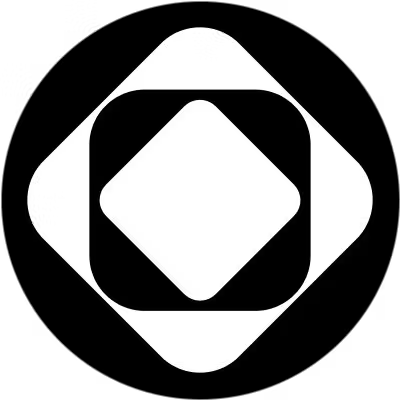
STAKE TOKEN
Saga (SAGA)
Saga provides a scalable infrastructure for deploying application-specific chains, empowering developers to build and manage dedicated blockchains effortlessly.
APR --
Total Stake
20.86MSAGA
$1.52MUSD
Market Cap
24.14MUSD
Token Price
0.0731 USD
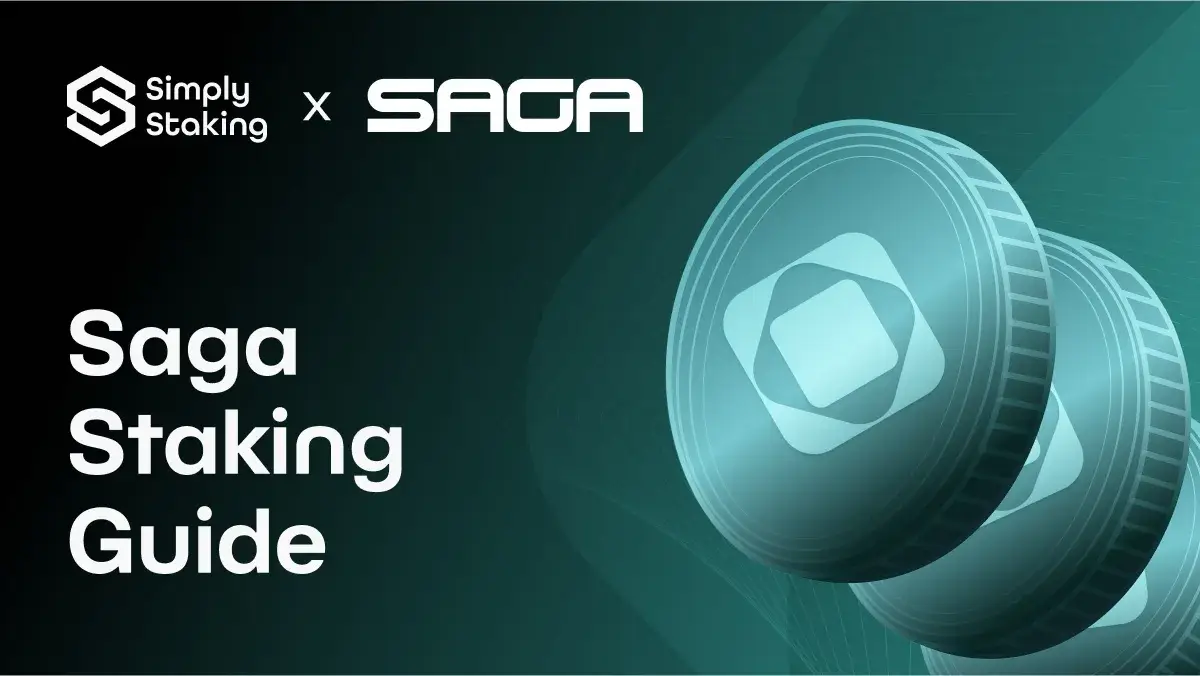
October 14, 2024
How to stake SAGA
Saga Staking Guide
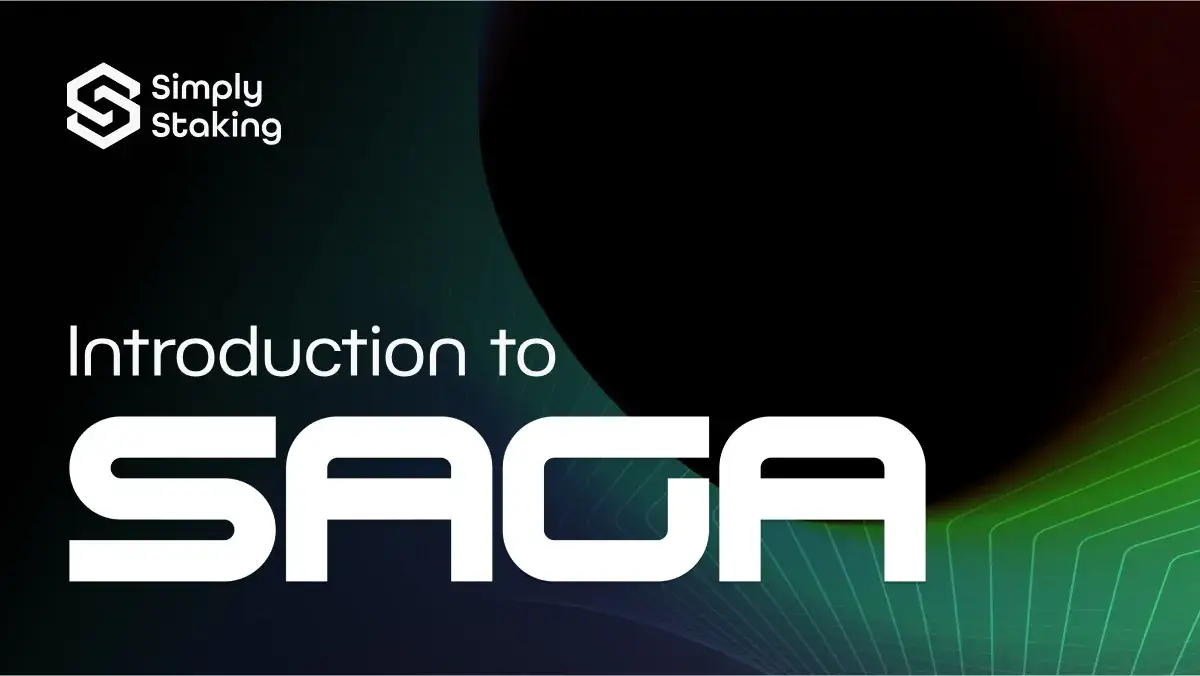
May 16, 2024
What is SAGA Crypto?
Saga Introduction
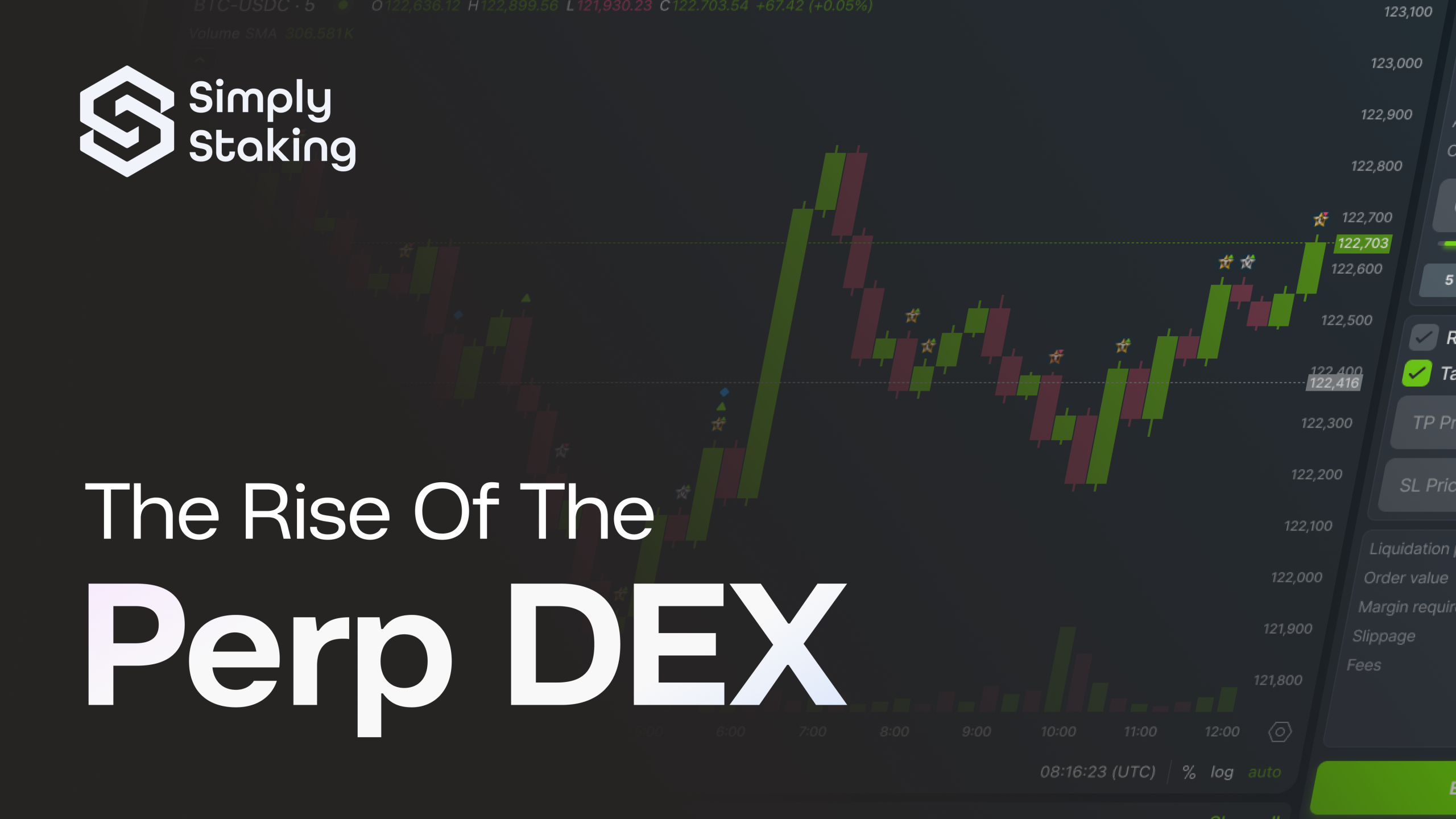
November 27, 2025
The Rise of the Perp DEX.
Network Introduction
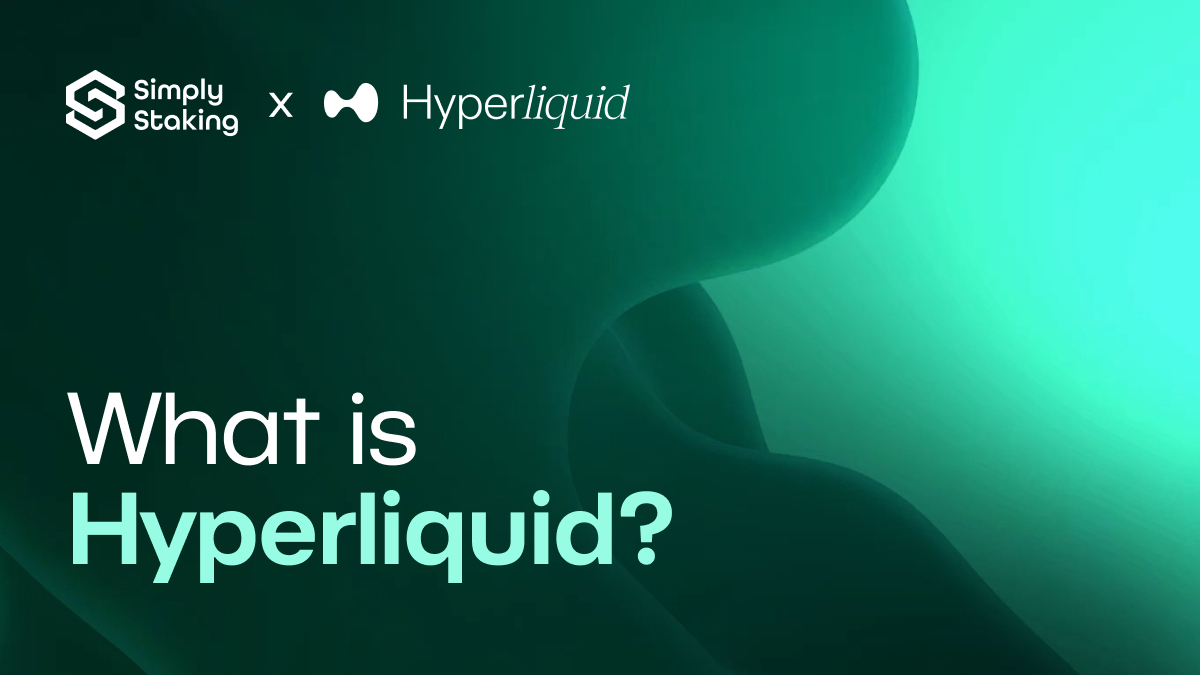
November 13, 2025
What is Hyperliquid?
Hyperliquid Article
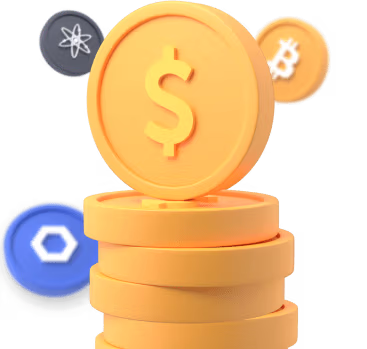
Saga is a blockchain network designed to provide scalable, secure, and efficient solutions for decentralized applications and services. It operates using a consensus mechanism to validate transactions and maintain the integrity of the network.
Saga uses a combination of cryptographic techniques and a decentralized network of nodes to ensure security. Its consensus mechanism allows for a high degree of decentralization, making it resistant to attacks and censorship.
Saga offers features such as high scalability, low transaction fees, fast transaction processing times, and support for smart contracts and decentralized applications (dApps).
Developers can build on Saga by using its development tools and SDKs to create and deploy smart contracts and dApps. The platform supports popular programming languages and provides comprehensive documentation for developers.
The native currency of Saga is used to pay for transaction fees, incentivize network participants, and participate in the governance of the network. It plays a crucial role in maintaining the network's operations and security.
Saga achieves scalability through its innovative architecture, which includes features like sharding, layer-2 solutions, or other advancements that allow it to handle a large number of transactions without compromising performance.
Saga employs a decentralized governance model that allows stakeholders to participate in decision-making processes related to network upgrades, protocol changes, and other key aspects of the network's development.
Yes, Saga is designed to support cross-chain interoperability, allowing it to connect with other blockchain networks and enabling seamless asset transfers and communication between them.
Saga can be used for a wide range of applications, including decentralized finance (DeFi), supply chain management, digital identity, gaming, and more. Its flexibility and scalability make it suitable for various industries.
Saga uses a dynamic fee model that adjusts based on network congestion and transaction demand, ensuring that fees remain affordable while providing incentives for network validators.
Validators in Saga are responsible for verifying transactions, maintaining the blockchain's state, and securing the network. They are incentivized through rewards in the form of the native currency for their contributions.
You can participate in the Saga network by acquiring its native currency, running a node, developing dApps, or engaging in its governance processes.